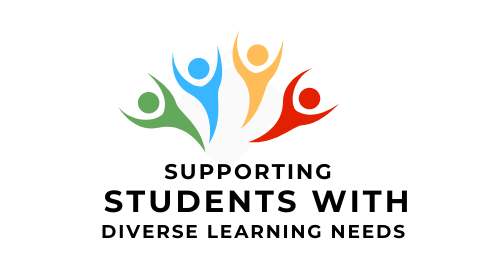All post-secondary institutions in Canada have a legal responsibility to ensure that students with disabilities have access to the programs and services offered at our institutions, and are welcomed as full participants in our campus communities. This is known as our duty to accommodate students with disabilities. We meet this responsibility by providing reasonable accommodation and by removing environmental and attitudinal barriers to students’ full participation. We will be exploring these concepts in more detail in Lesson 2 – How to Accommodate.
In addition to these legally-based responsibilities, increasingly, we are trying to find ways to support students’ learning by looking at where they are coming from so that we can provide an effective learning environment where all students feel welcome, can access learning, and can show what they know. This translates into working to create a campus environment where students feel comfortable being themselves and where they feel their instructors and college staff are there to help them learn. With this goal in mind, providing inclusive campuses for students with disabilities focuses on considering how we can provide them with a level playing field in all areas of campus life. This would include:
- feeling a part of the campus community
- being able to actively participate and engage in the learning activities in their program
- being able to access learning materials easily
- being able to use that knowledge in creating their own work, and
- having a level playing field to demonstrate their knowledge
These are the same things that we are offering to our students without a disability.
Students with disabilities have the capacity and motivation to succeed in their post-secondary settings but may need to pursue their studies in somewhat modified ways, or may need to access particular supports in order to remove barriers to their learning.
To explore some of the experiences of students with disabilities, we will look at three areas that can often present barriers to these students and will provide you with an experience of what it could be like to have these types of challenges.
Click on each accordion to expand and learn more about the three areas of challenge.
Experiential Activity
What You Need:
For this activity you will need the following materials:
- a timer or a watch (this is a timed activity)
- a copy of the Colour Exercise Worksheet (PDF) (download this worksheet but do not open it until you are ready to proceed with the activity)
Activity Details:
- Set your timer to 30 seconds and open the Colour Exercise Worksheet (PDF)
- Say the name of each colour aloud as quickly as possible
Post-Activity Reflection Questions:
- Was this exercise difficult?
- Were you making mistakes?
Post-Activity Debrief:
Students with learning disabilities often take longer to process information because they are not able to process the information as automatically as those without a learning disability. As a result, processing may require more effort and concentration to accomplish. This exercise gave you an opportunity to experience interference between two types of information, making the requested information (colour of the word) harder to provide automatically.
Break the class into small groups. Have half the participants put on blindfolds. Then pass out written instructions for a sorting game that involves both colour and tactile components. Ask the group to complete the game. Then ask participants to pass the blindfolds to the other members of their group. Repeat with a second short game. Ask participants to share their impressions of the experience with their group.
Post-Activity Debrief:
In this exercise, the participants with a disability ie. with blindfolds, did not have access to the full range of information or input for the activity. They could not read the instructions themselves; they could not complete all components of the activity independently. You will now have an opportunity to consider the learning and participation implications of this reality which we created in this exercise.
Post-Activity Reflection Questions: Was this second exercise more difficult? Did it take longer? Did they find they were making mistakes?
Activity Summary Debrief: Students with learning disabilities often take longer to process information because they are not able to process the information as automatically as those without a learning disability. As a result, processing may require more effort and concentration to accomplish. The second exercise gave you an opportunity to experience interference between two types of information, making the requested information (color of the word) harder to provide automatically.
Case Study
Watch this video to learn more about Nicks experience with Dyslexia.
Discussion Questions – Given your experience with the experiential exercises earlier and after watching the video, what are your impressions of what attending college as a student with a disability could be like for a student attending your program? What do you think would be the most challenging?
